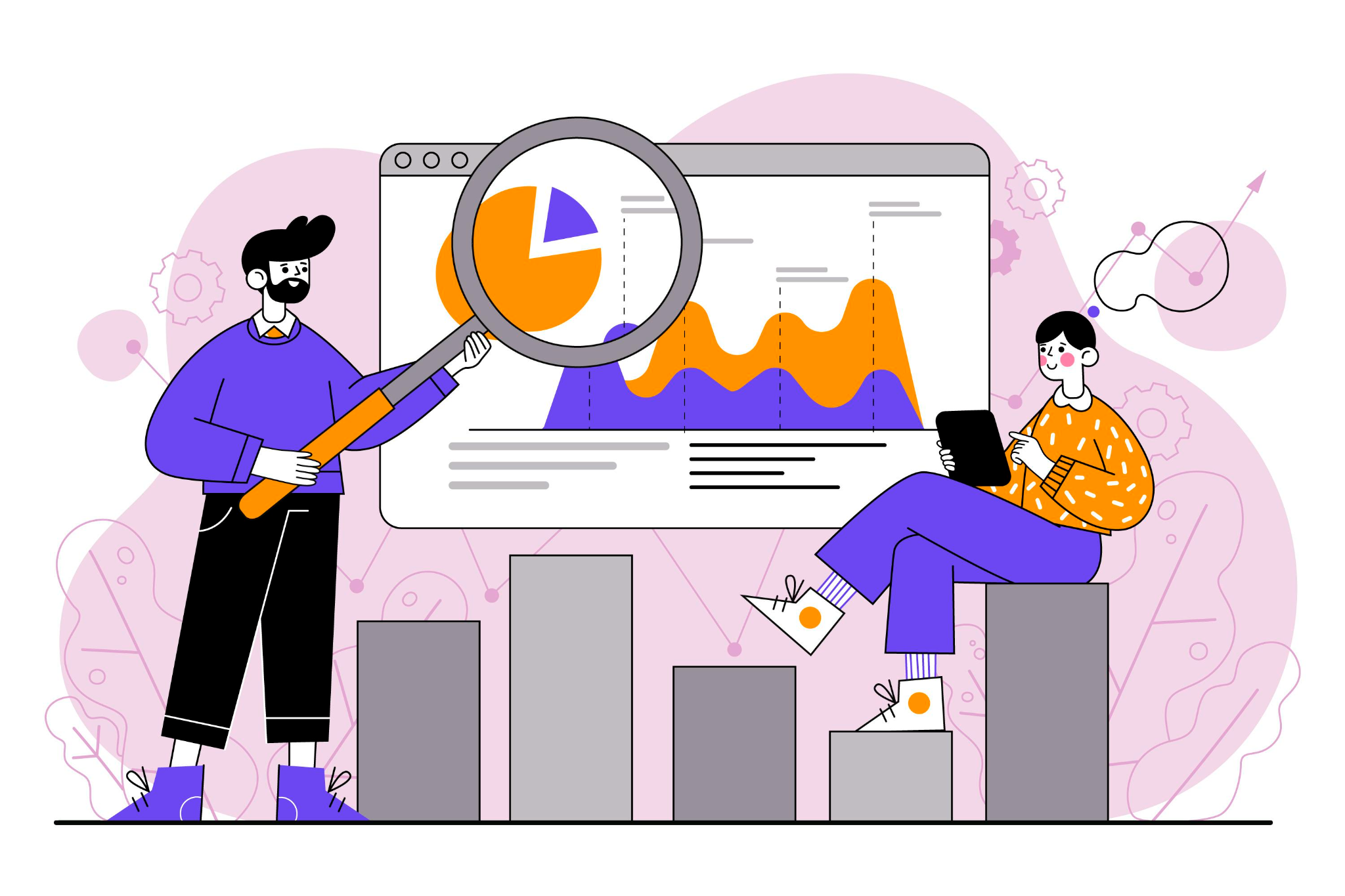Here's How Our Festive Consumption is Toxifying Our Bodies

With Christmas celebrations having quietened down and shiny lights being replaced by bright Chinese New Year decorations, an inconvenient truth lurked in the shadows.
Christmas was indeed the season of giving: a festive season where we contributed to growing amounts of local waste and pollution.
Truth is, the environment impact of our consumption is often the last thing on Singaporeans’ list of priorities.
We might want to reconsider this, though. Our wasteful habits are actually threatening to put our health at risk.
The dark side of festive celebrations
In polls conducted by milieu with 1379 respondents, 56% of Singaporeans who celebrated with Christmas meals used disposable cutlery.
Adding to our wasteful consumption, 54% who receive wrapped gifts discard the packaging without a second thought.
No wonder we have been labelled as the throw-away nation.
In a clean city like Singapore, it’s easy for plastic waste to be out of sight, out of mind. But while plastic is often disposed after single uses, they are ironically designed to last for centuries on earth.
In fact, 822,000 tons of plastic waste were generated last year in Singapore. Only 7% was recycled, partly because not all plastics can actually be recycled. Most plastic waste are burned and packed into our rapidly filling up landfill, while others end up in our natural environment including oceans.
How much plastic would you like with your seafood?
Worldwide, an estimated 10 million tonnes of plastic end up in oceans every year, with most coming from Asian nations.
Plastic that ends up in oceans get broken down into micro-fragments, which are mistakenly digested by marine animals as food. Even if you don’t care about the sea creatures, consider this: contaminated fish and seafood have been found everywhere and are appearing in supermarkets. The European Food Safety Authority recently raised concerns about the increasing risk posed to human health and food safety due to micro-plastics in seafood.
By 2050, the Ellen MacAurthur Foundation predicts that the volume of accumulated plastics in the oceans will be greater than that of fish.
This means that the plastic waste you carelessly throw away might eventually end up in your body. It’s no longer a matter of whether plastic is found in seafood, but how much.
It doesn’t get any better…or does it?
And you are not safe just because you don’t eat seafood.
According to a compilation of research by over 60 scientists, chemicals added to plastics are also absorbed by human bodies, and some of these compounds are found to have potential health effects. As we continue using single-use plastic, we are exposed to such chemicals multiple times a day.
Nonetheless, while contamination is widespread, it may yet be a cause for alarm. Exact health consequences due to human exposure will only become clearer over time, as more research is urgently being done.
Sparking a new movement
There's still hope. As 2018 rolls around and we prepare for Chinese New Year and other festive celebrations, let us use this opportunity to take a stand against unnecessary consumption and waste.
Start with refusing all the excess packets of free ang baos given out by stores. Let’s face it, we are unlikely going to embark on some ambitious lantern making project. If you’re lucky enough to still receive ang baos this Chinese New Year, recycle all the opened packets instead of simply throwing it away.
Encourage your relatives not to use disposable plates during festive gatherings. While doing daily shopping and dabao-ing, stop and think. Do we actually need all the free plastic bags from shops or are most of them thrown away?
Bring your own cups, that small amount of inconvenience is worth it in the long run. If you catch people looking, be proud that you are making a difference. As the sheer volume of plastic is accumulating faster than we can handle, the most reasonable thing we can do is to reduce the amount used in the first place. All it takes is a change in mindset.
It’s time to go against the status quo. Let us shed light on this inconvenient truth before it becomes an inevitable consequence.
.avif)



.png)

